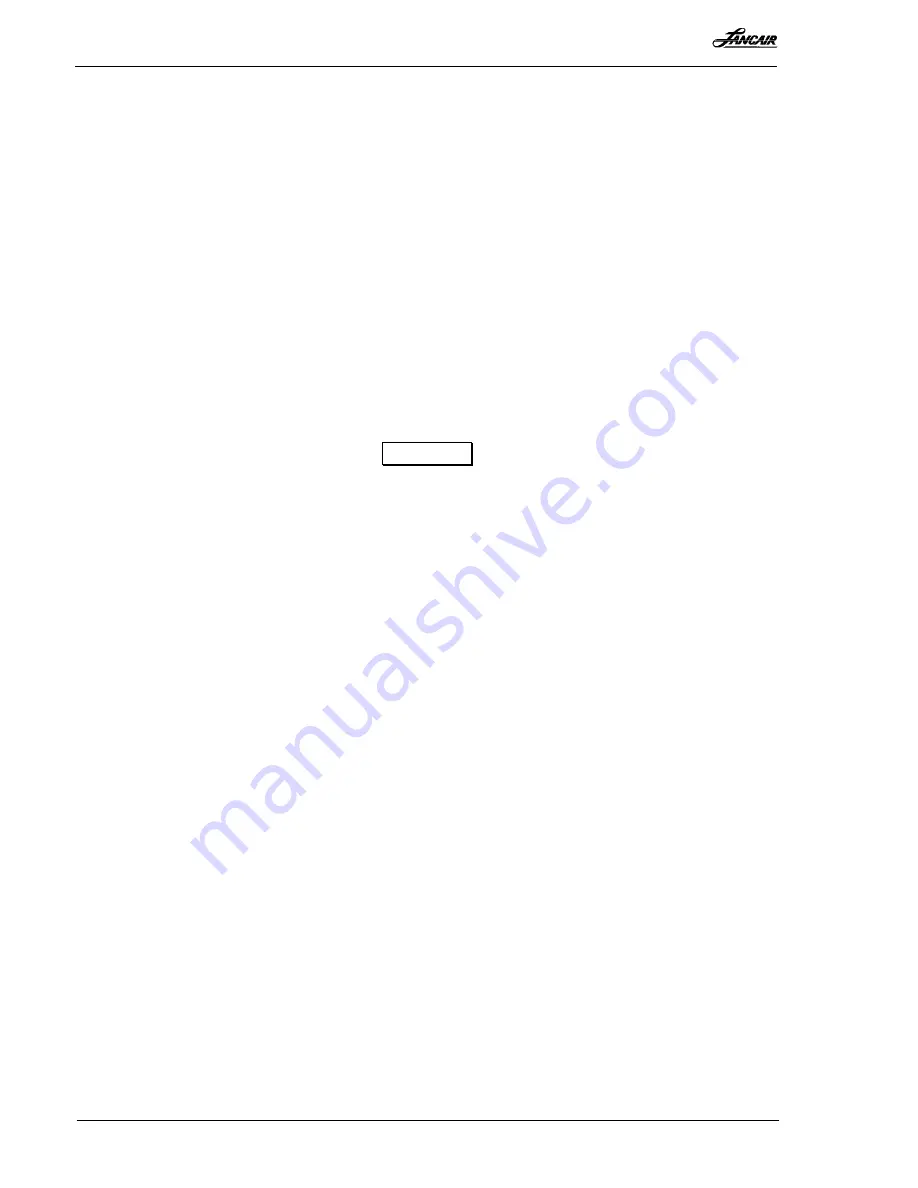
Section 8
Handling, Servicing, and Maintenance
Columbia 400 (LC41-550FG)
RC050002
Initial Issue of Manual: November 10, 2004
8-14
Latest Revision Level/Date: -/11-10-2004
1. If the brakes are overheated, which might result from a short field landing or extensive
taxiing, it is best to not set them until they have had a sufficient cooling period. A brake pad
clamped to a hot chrome disc can cause uneven cooling of the brake disc, which has the
potential of warping it.
2. It is also not a good idea to set the brakes in cold weather. Accumulations of freezing rain,
ice, and snow can freeze-weld the brake pad to the disc. Landing or taxiing in standing water
at near freezing temperatures can cause similar problems if the brakes are set when the
airplane is parked.
Securing the Airplane –
In any event, whether the brakes are set or not set, the airplane should
be chocked and the following items should be accomplished to secure the airplane.
1. Chock the main gear tires with chocks on both sides of each tire.
2. Attach a rope or chain to each tie-down point, and secure the rope or chain to a ramp tie-
down point. There are three tie-down points, one on each wing and one on the tail. The
ropes or chains should have a tensile strength of at least 750 lbs.
3. Install the pitot tube cover.
WARNING
Do not use any device except approved tie-down rings to secure the airplane.
While the proper size eyebolt from a hardware store will fit in the threaded tie-
down socket, the eyebolt length is critical. A tie-down bolt of incorrect length
could cause jamming or interfere with proper movement of the ailerons.
Windshield Cover
– The use of a windshield cover is an often-debated issue and is a decision
the owner or operator of the airplane must make. Windshield covers have both positive and
negative benefits. Ultimately, a number of factors must be weighed, including (1) the
geographical area of operations, (2) the time of year, (3) the specific parking location, and (4) the
integrity of the covering device.
1. From a positive standpoint, the cover limits the intrusion of ultraviolet (UV) light. Over
time, UV rays significantly accelerate the aging process, which makes the windshield and
windows more brittle and impregnates them with an irremovable yellowish tinge.
2. On the negative side, dust and dirt can accumulate between the cover and the windshield.
When the wind blows, the whipping action of the cover beats the dust and dirt into the
windshield.
JACKING AND LEVELING
Jacking –
There are two jack points under each wing proximate to the wing saddle. The points
are near the center of mass of the longitudinal axis, and great care must be used when jacking the
airplane. The tailskid is used as a third point of stabilization. The following points should be
considered when the airplane is raised by jacks.
1. If the airplane is simultaneously lifted by both jacks, then specific procedures established in
Chapter 7 of the maintenance manual must be followed. This procedure is fairly involved. It
requires special equipment to stabilize the airplane, sandbags for tail ballast, and three or
four people to operate the jacks and keep the airplane steady.
2. If only one jack is used, as when changing a single tire, the airplane can be safely jacked by
one person using the following procedure:
a. The operation must be performed in a level area, such as an airplane hangar.
b. Set the parking brake and chock the nose tire and the main gear tire that is not raised.











































